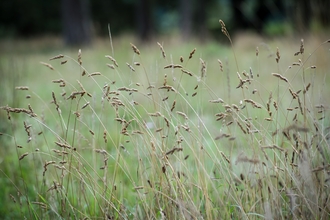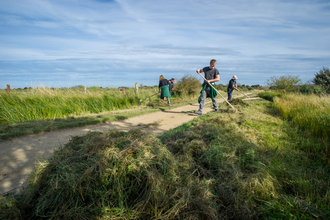
©Les Binns
Magpie moth
The magpie is a distinctive moth with striking black and yellow spots on white wings. It is a frequent garden visitor, but also likes woodland, scrub and heathland.
Scientific name
Abraxas grossulariataWhen to see
June-AugustSpecies information
Category
Statistics
Wingspan: 3.6-5.0cmConservation status
Common.



